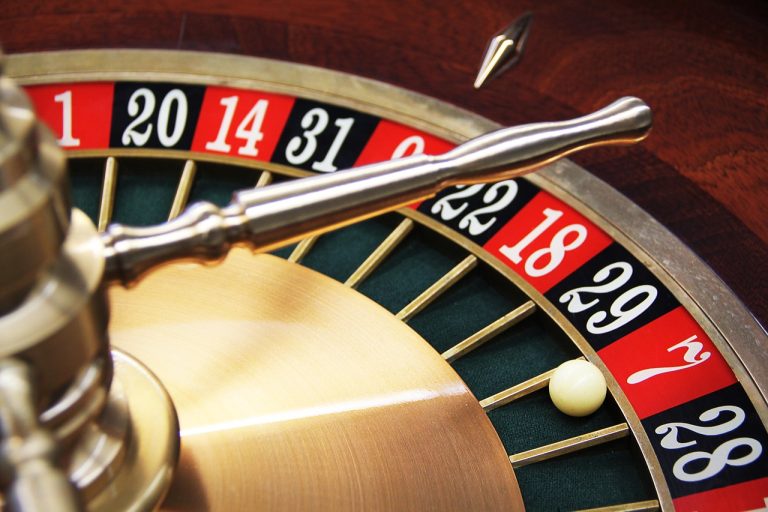If you’ve ever played roulette online or at a casino, you’ve probably seen a few different versions of the game. There are European, American, and French as the three classic versions, but you have maybe even noticed something called Mini Roulette.
At first glance, they all look kind of similar, but the way they’re set up can change your odds and affect how much you win more than you think. So, which one of these popular variants actually gives you the best chance of winning? Are the odds the same for all versions? That’s what we’ll uncover here.
Regardless if you’re a casual player or you’re someone who tracks the house edge and payout percentages, or you’re using a roulette strategy, we’ll provide you with a comparison of these three variants so you can decide which one fits you best.
The Basic Layout Differences
First, let’s talk about the wheels these games use. They all have a specific wheel, which means the rules and payouts are different. For example, the mini roulette real money game uses a wheel with just 13 pockets, while European roulette has 37, and American roulette has 38 pockets in total. Fewer pockets generally mean better odds of winning, but let’s compare the three:
| Version | Number Range | Zeroes on Wheel | Total Pockets | Common Payouts |
| European Roulette | 1 to 36 | 1 (Single Zero) | 37 | 35:1 (Straight Up), 2:1 (Dozens) |
| American Roulette | 1 to 36 | 2 (0 and 00) | 38 | Same as European |
| Mini Roulette | 1 to 12 | 1 (Single Zero) | 13 | 11:1 (Straight Up), 2:1 (Rows) |
American and European are very similar, with the main difference being in the addition of 00 in the American wheel, but Mini Roulette has a wheel that’s not even half the size of the others, which means there are major differences in strategy and risk.
RTP and House Edge Comparison
Now, this is the number that matters. If you’re wondering which of these three versions pays the best, the number you’re looking for is the RTP and the house edge. That’s the mathematical advantage of the casino over the player. So, here we have:
- European Roulette with a house edge of 2.70% and an RTP of 97.30%.
- Mini Roulette with a house edge of 7.69% and an RTP of 92.31%.
- American Roulette with a house edge of 5.26% and an RTP of 94.74%.
If we look just at the RTP, it turns out that European roulette has an advantage over American and Mini roulette. However, the Mini Roulette game has an ace up its sleeve: the La Partage rule. With this rule, the player gets 50% of their wager if they have an outside even-money bet (like Red, for example), and the ball lands on zero. And since the house edge in roulette comes from the zero, here, it means that the house edge is somewhere around 3.84%.
Why does the RTP matter?
The RTP is just a theoretical number, and in the short term, it doesn’t mean much. However, in the long run, you might win more in a game with a higher RTP.
Theoretically, if you were to bet £10 on each spin for 100 spins, you would lose, on average £27 with European roulette, but due to the lower RTP, you would lose around £52 with American roulette. Now, Mini Roulette is different. Here, the ‘zero refund’ rule complicates our equation, so we can’t really calculate what will happen.
Of course, these are all mathematical assumptions, and if you get lucky, you can win in all three versions.
Advantages and Disadvantages of Mini, European, and American Roulette
Each one of these variants is very different than the others, so it means that it suits different types of players. Let’s see which one suits which types of players:
Mini Roulette is best for beginners
The Mini Roulette variant is fast, fun, and perfect for beginners and casual players who prefer betting lower amounts. Due to the smaller wheel, it’s simpler than the other variants, and it’s very easy to learn. The payouts have been adjusted for the smaller wheel, but the RTP and house edge correspond to it, so it’s a well-balanced game. You can usually find it at online casinos as an RNG game, which often means you can play it in demo for free. However, it’s best to avoid it for long sessions or if you want to use complex betting strategies.
European Roulette is all about maximising the odds
European roulette has the lowest house edge, which means it’s the best variant for long sessions. You’ll often find tables with high betting limits, which means that it’s great for executing roulette strategies too, like the Fibonacci or Oscar’s Grind. It’s the preferred option by most pros and experienced players.
American Roulette is for those who want a Vegas-style feel
The American roulette version offers the worst odds of the three, so unless it’s the only table available, most people should avoid it. The extra zero gives a higher house edge, but the game has no real gameplay advantage to make up for it. However, in most Las Vegas casinos, it’s the only option, so if you want the most realistic Las Vegas feel, you can go with this variant.


